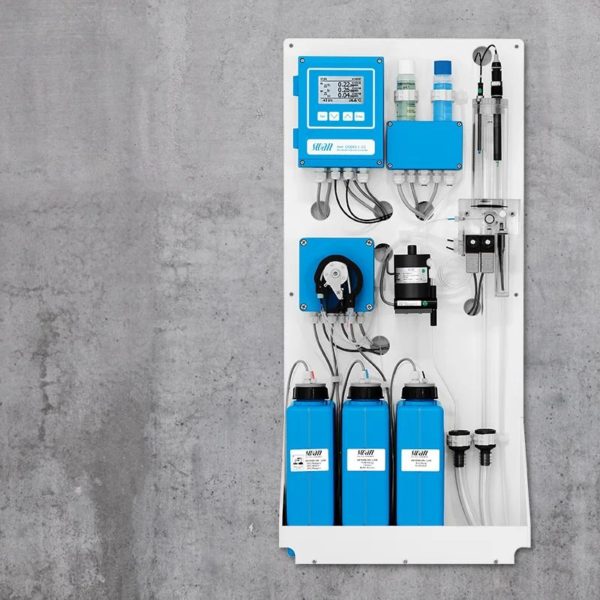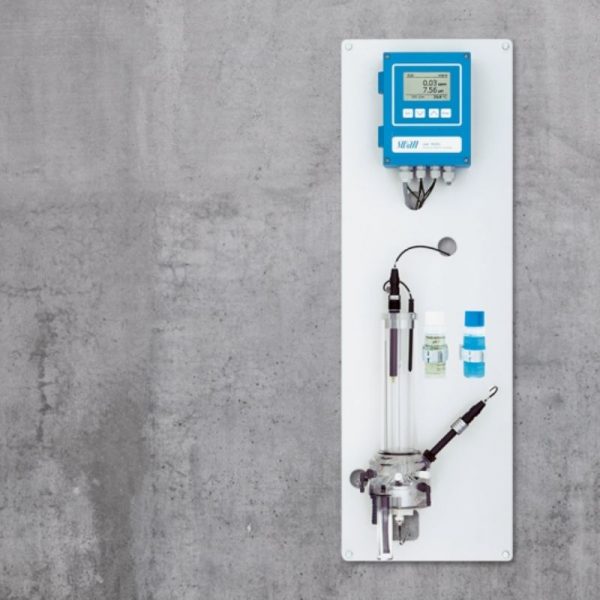What is Free Chlorine?
Free chlorine refers to the portion of chlorine in water that has not yet reacted with contaminants and is available for disinfection. It primarily exists as hypochlorous acid (HOCl) and the hypochlorite ion (OCl-) in aqueous solutions, depending on the pH level of the water. Free chlorine is the active form of chlorine that effectively sanitises water by neutralising bacteria, viruses, and other microorganisms, making it a crucial component in water treatment processes to ensure water safety and quality.
Monitoring Free Chlorine in Water
Monitoring free chlorine in water is a crucial aspect of ensuring water safety and quality, particularly in public water supply systems. Free chlorine, the active form of chlorine available for disinfection, plays a vital role in neutralising harmful bacteria, viruses, and other microorganisms. The importance of accurately measuring both free and total chlorine levels lies in obtaining a comprehensive understanding of the water’s disinfection potential and overall condition. Advances in technology have led to a variety of methods for assessing free chlorine levels, including colorimetric, amperometric, and others, each offering specific advantages in terms of sensitivity, accuracy, and ease of use. Continuous monitoring solutions are particularly valuable, as they allow for real-time detection of changes in chlorine levels, enabling swift adjustments to maintain optimal disinfection and comply with regulatory standards. The ability to monitor chlorine residuals daily is mandated for systems providing water to the public, underscoring the critical nature of this practice in protecting public health.
Online Free Chlorine Analysers



